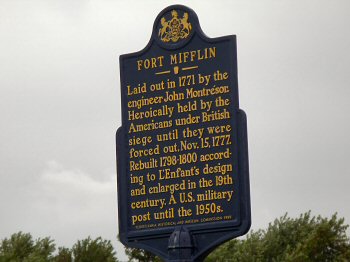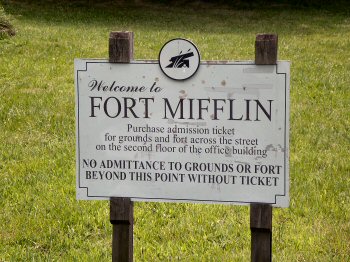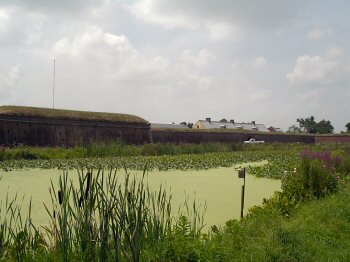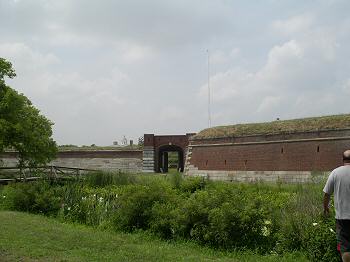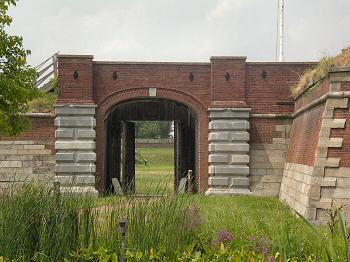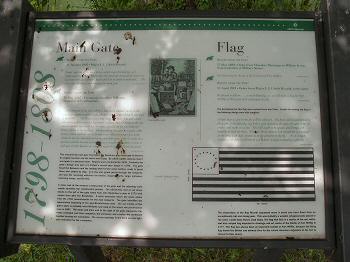|
Photos/text courtesy of Richard Edling, Philadelphia, PA
|
More
Philadelphia related from www.CivilWarAlbum.com 1. Camp William Penn 2. Fort Mifflin 3. National Cemetery 4. Recruiting Posters 5. Lincoln Statue 6. Union Generals Statues 7. Logan's Square 8. Philadelphia Philadelphia National Cemetery (pdf.) Camp William Penn (pdf.) Links: 1. Philadelphia in the American Civil War - Wikipedia 2. Civil War-Era Historical Sites in Philadelphia 3. Civil War Philadelphia-By Anthony Waskie:civilwarnews.com 4. Civil War Traveler: Pennsylvania: Philadelphia 5. Camp William Penn - Wikipedia 6. Camp William Penn: Training Ground for Freedom 7. Camp Willian Penn - United States Colored Troops 8. Cemeteries - Philadelphia National Cemetery 9. Philadelphia National Cemetery - Wikipedia 10. Galusha Pennypacker - Wikipedia 11. Colonel and Brevet Major-General Galusha Pennypacker 12. Photo of Medal of Honor Recipient Galusha Pennypacker More Links |
|
Fortifications on Mud Island, site of
Fort Mifflin, predate the Revolutionary War. The British started building
the first works, known locally as Mud Fort, in 1771. A British bombardment
destroyed the first fort, occupied by Patriot forces, in 1777. In 1795 a
new fort
|
|

